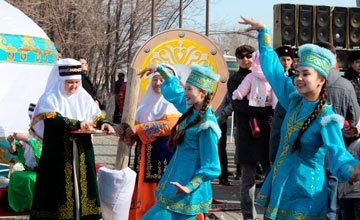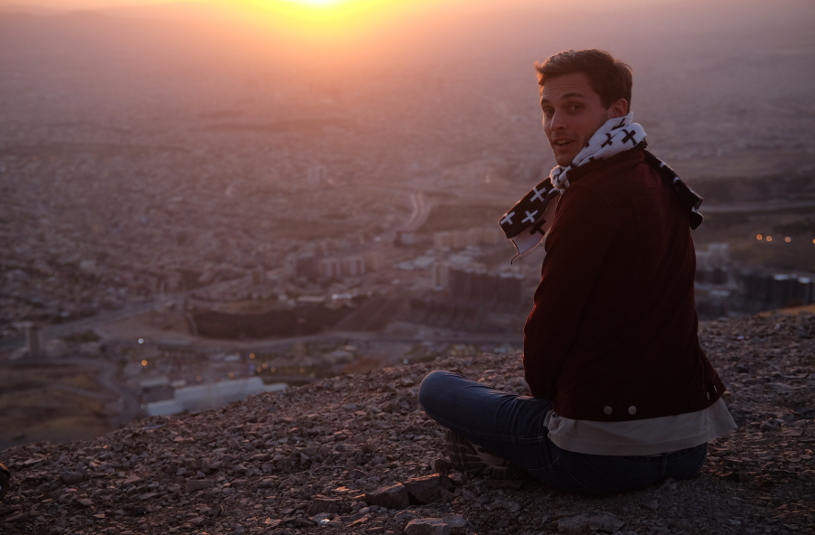

History of Nowruz in Central Asia
Nowruz in Central Asia has been celebrated for thousands of years – at least three thousand based on historical evidence, but possibly even longer, and the celebration shares many of the same attributes that are usually associated with Iran. Of course, Nowruz is often referred to as Persian new year, but this completely discounts the Kazakhs, Uzbeks, Turkmen, Afghans, and Azeris, just to name a few who also celebrate spring in this way.
Persian tradition holds Nowruz, literally “New Day” in Farsi (also Navrus in Uzbek, Nauryz in Kazakh, Novruz in Turkmen, Nooruz in Kyrgyz and Nauroz in Dari), as being of great importance. It’s supposed to be a 15,000-year-old celebration of the end of winter and the start of a new year and new harvest cycle.
The big difference between Nowruz in Iran as opposed to these other countries is the battle that has been waged against Nowruz in Central Asia for hundreds of years. When the Arabs/Sunni Muslims invaded, they tried to suppress Nowruz celebrations. Nowruz celebrations have their roots in the Zoroastrian religion, thus the Sunni Muslim aversion to the event. They didn’t succeed in completely wiping it out; however, the next group to come through Central Asia – The Russians/Soviets – did manage to put an end to the celebration.
For the first few years of the Soviet Union, Nowruz celebrations continued. It wasn’t until the mid-20s, after Lenin’s death, that Stalin banned Nowruz all together. While some small events would be held privately and some historical plays put on at local theatres, the majority of Central Asians forgot this aspect of their history. It wouldn’t be until 1988 and the years of perestroika that they would once again get some time off work and school and bring in their traditional new year.
Why Travel to Central Asia during the Nowruz celebration?
Nowruz is a great time to travel to Central Asia as there really is a festival atmosphere. Throughout the region, important horse events will be held, including the famous Kok-Boru (dead goat polo, also known as Buzkashi in Tajikistan and Afghanistan), and markets will be held in every city, town and village, selling traditional sweets. You’ll also get to see some of the fantastic national costumes of the region as a lot of people will be wearing their outfits for the only time all year. While Nowruz focuses on the family, there are still plenty of public events, including fireworks displays, concerts and many a shot of vodka to be enjoyed. You certainly won’t be able to turn down a cup of Sumalak, which is a wheat-based beverage that takes a week to prepare and is drunk only for Nowruz.
Nowruz isn’t just celebrated in Central Asia
In addition to the countries of Central Asia, Iran, and Armenia, people of unrecognized nations celebrate Nowruz. The Kurdish people are a unique, historically nomadic people that celebrate Nowruz by a torch-lit procession through the mountains. Kurds in Iraqi Kurdistan will sing, dance, drink, recite poetry, as well as jump over bon fires. During the thirteen days of celebration, families visit each other, as well as the graves of their ancestors. People do their best to resolve conflicts from the the previous year during Norwuz.

For more information on our Central Asia tours please click here to contact us for more information.
Want to celebrate Norwuz with the Kurds in Iraqi Kurdistan? See our itinerary for more information.





